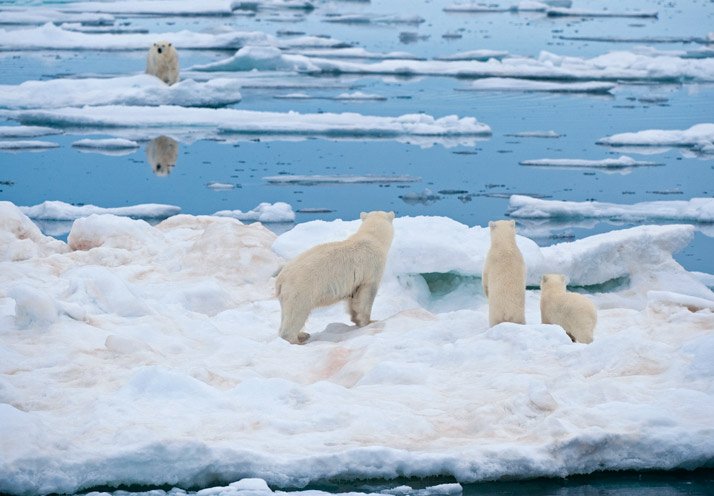El acto de amamantar es una bella expresión de la maternidad y genera ternura de por si, pero definitivamente la imagen de una osa polar en esta tarea, supera todos los límites.
Florian Schulz, fotógrafo para Nat Geo, se dedica profesionalmente al oficio de captar imágenes de animales y tiene un amplio registro de ello. Sin embargo, hubo un momento preciso en que apretó el gatillo de su cámara e inmortalizó una escena que rápidamente se ha viralizado, dado la emoción que genera el solo hecho de mirarla.
Se trata nada menos, que de una osa polar amamantando a sus 2 bebés.
Te compartimos esta y a otras imágenes captadas por fotógrafos para Nat Geo:
Una publicación compartida de National Geographic (@natgeo) el 25 Ago, 2018 a las 1:30 PDT
Una publicación compartida de National Geographic (@natgeo) el 26 Jul, 2018 a las 7:00 PDT
Una publicación compartida de National Geographic (@natgeo) el 31 Jul, 2018 a las 3:00 PDT
Una publicación compartida de National Geographic (@natgeo) el 11 Ago, 2018 a las 12:00 PDT
Te podría interesar: ¡Esta es la mascota preferida por los chilenos!
